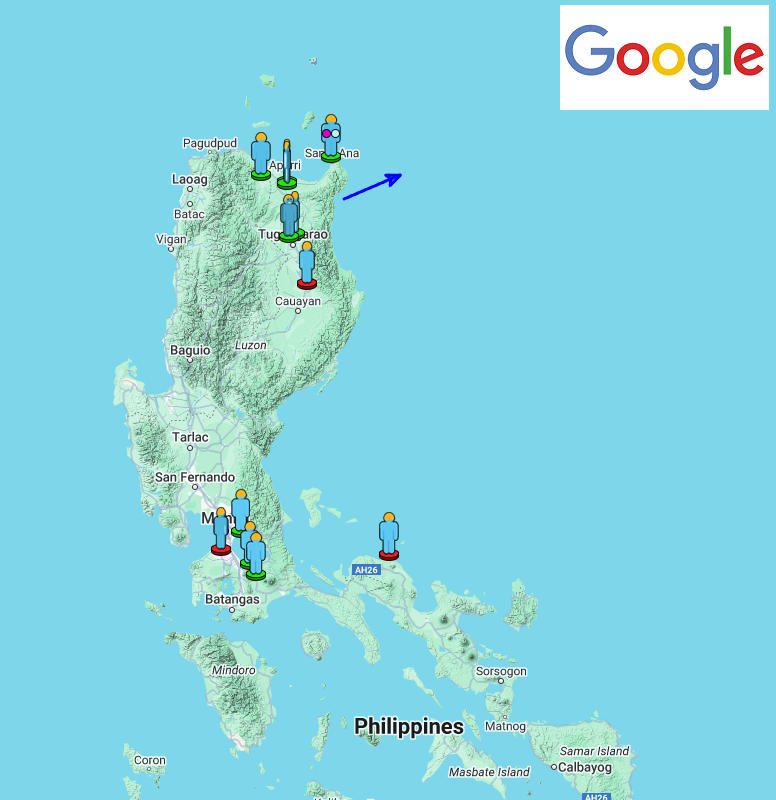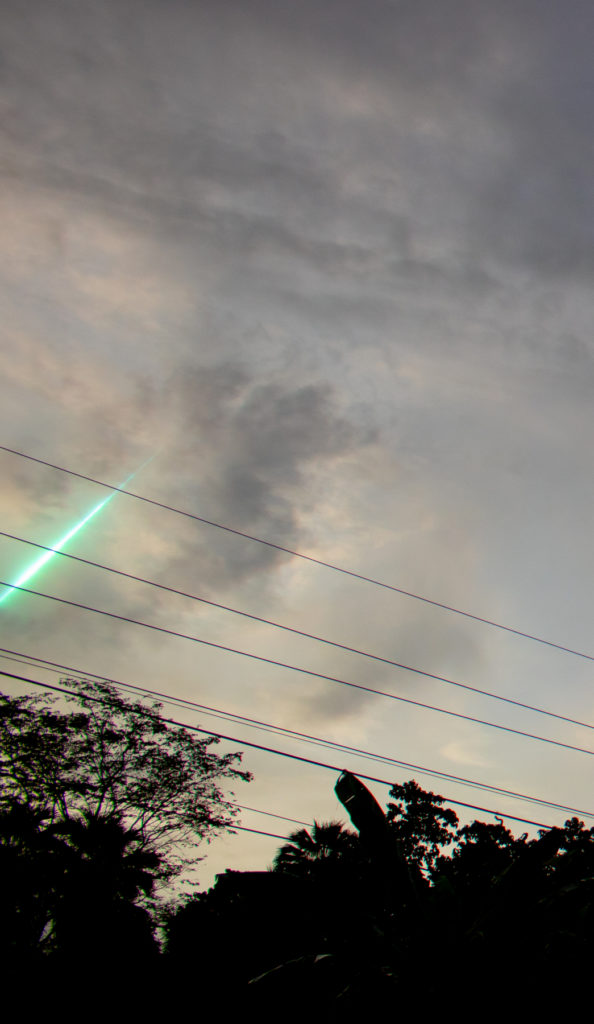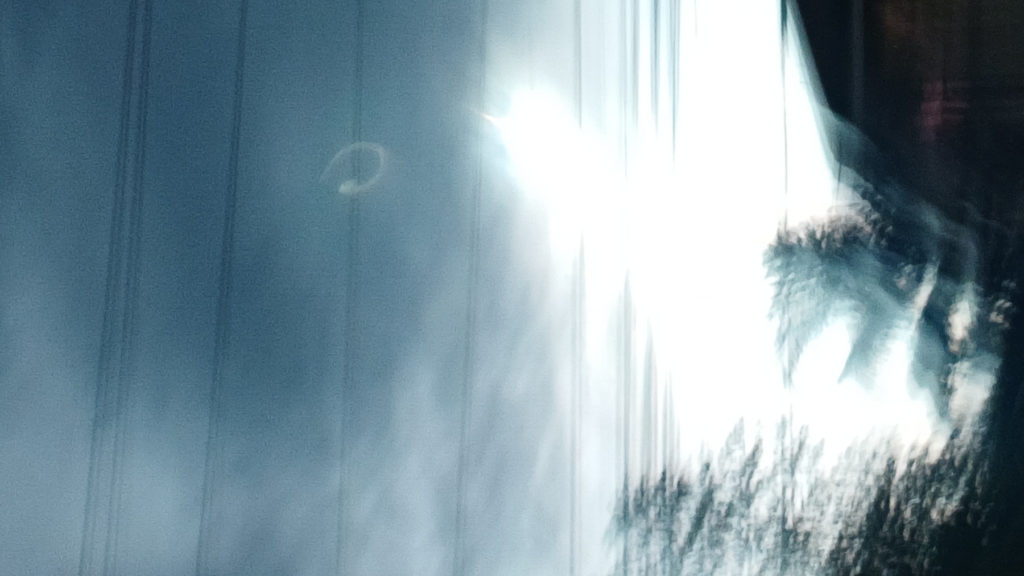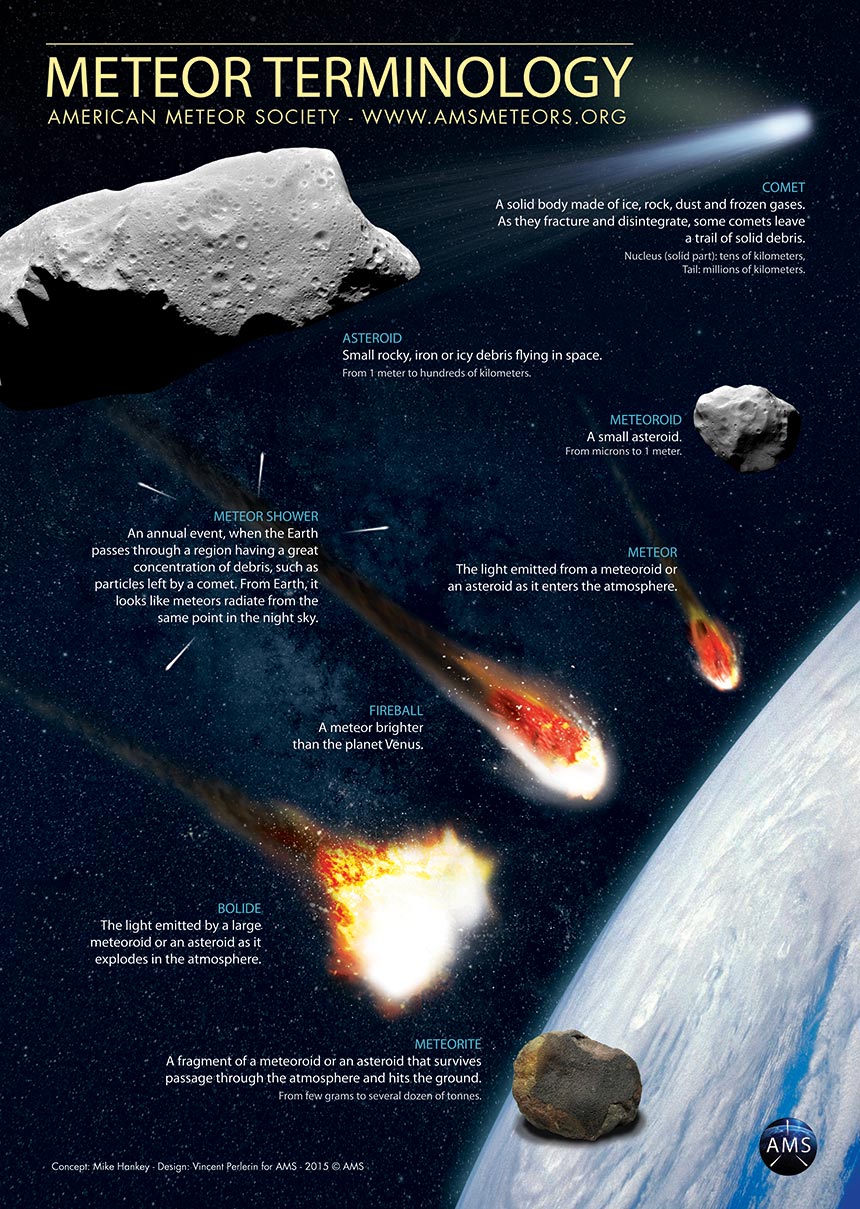As expected, small asteroid 2024 RW1, discovered on September 4th, 2024 morning, entered the atmosphere at 20.8 km/s above Northern Philippines islands the same day, at 16h 39min UT.
Some witnesses reported their observations, sometimes illustrated with pictures and videos, see event #4885-2024 (Figure 1 and videos/pictures below).
If you witnessed this event and/or if you have a video or a photo of this event, please
Submit an Official Fireball Report
If you want to learn more about Fireballs: read our Fireball FAQ.

2024 RW1 atmospheric entry videos and photographies
Enjoy the show, while waiting some more accurate physical parameters…
Video credit: Marvin Coloma, from Tuguegarao City (Philippines)
Video credit: Karen Bea, from Santa Ana (Philippines)
Video credit: Jomar M., from Philippines
SUCH A SPECTACULAR NIGHT SHOW, ASTEROID RW1!!! Taken from Tuguegarao City, Cagayan, Philippines! 😍😍😍 pic.twitter.com/F133i8nibr
— Raymon Dullana (@raymongdullana) September 4, 2024
Here’s how Asteroid RW1 looks like from Gonzaga, Cagayan, Philippines. Best shot so far!! 😍 pic.twitter.com/eYgQsHqxFP
— Raymon Dullana (@raymongdullana) September 4, 2024
A faint flash in the sky is observed in Muntinlupa City, Metro Manila as #Asteroid 2024 RW1 (#CAQTDL2) enters the atmosphere.
Footage taken at 12:39 AM, 05 September 2024 pic.twitter.com/5XBlhvaDcn
— KD Esler (@KDEslerYT) September 4, 2024


Fireball, Bolide?
Several thousand meteors of fireball magnitude occur in the Earth’s atmosphere each day. The vast majority of these, however, occur over the oceans and uninhabited regions, and a good many are masked by daylight. Those that occur at night also stand little chance of being detected due to the relatively low numbers of persons out to notice them.
Additionally, the brighter the fireball, the more rare is the event. As a general thumb rule, there are only about 1/3 as many fireballs present for each successively brighter magnitude class, following an exponential decrease. Experienced observers can expect to see only about one fireball of magnitude -6 (crescent moon) or better for every 200 hours of meteor observing, while a fireball of magnitude -4 (Venus) can be expected about once every 20 hours or so.





 You saw something bright and fast? Like a huge shooting star? Report it: it may be a fireball.
You saw something bright and fast? Like a huge shooting star? Report it: it may be a fireball.  You counted meteors last night? Share your results with us!
You counted meteors last night? Share your results with us!  You took a photo of a meteor or fireball? You have a screenshot of your cam? Share it with us!
You took a photo of a meteor or fireball? You have a screenshot of your cam? Share it with us!  You caught a meteor or fireball on video? Share your video with us!
You caught a meteor or fireball on video? Share your video with us!
One comment
Wundervoll,und zugleich,unheimlich.Da bekommt,man das Gefühl das unsere Erde ein wertvoller Plnet ist,und was so im All passiert.Danke für dies Nachrichten.